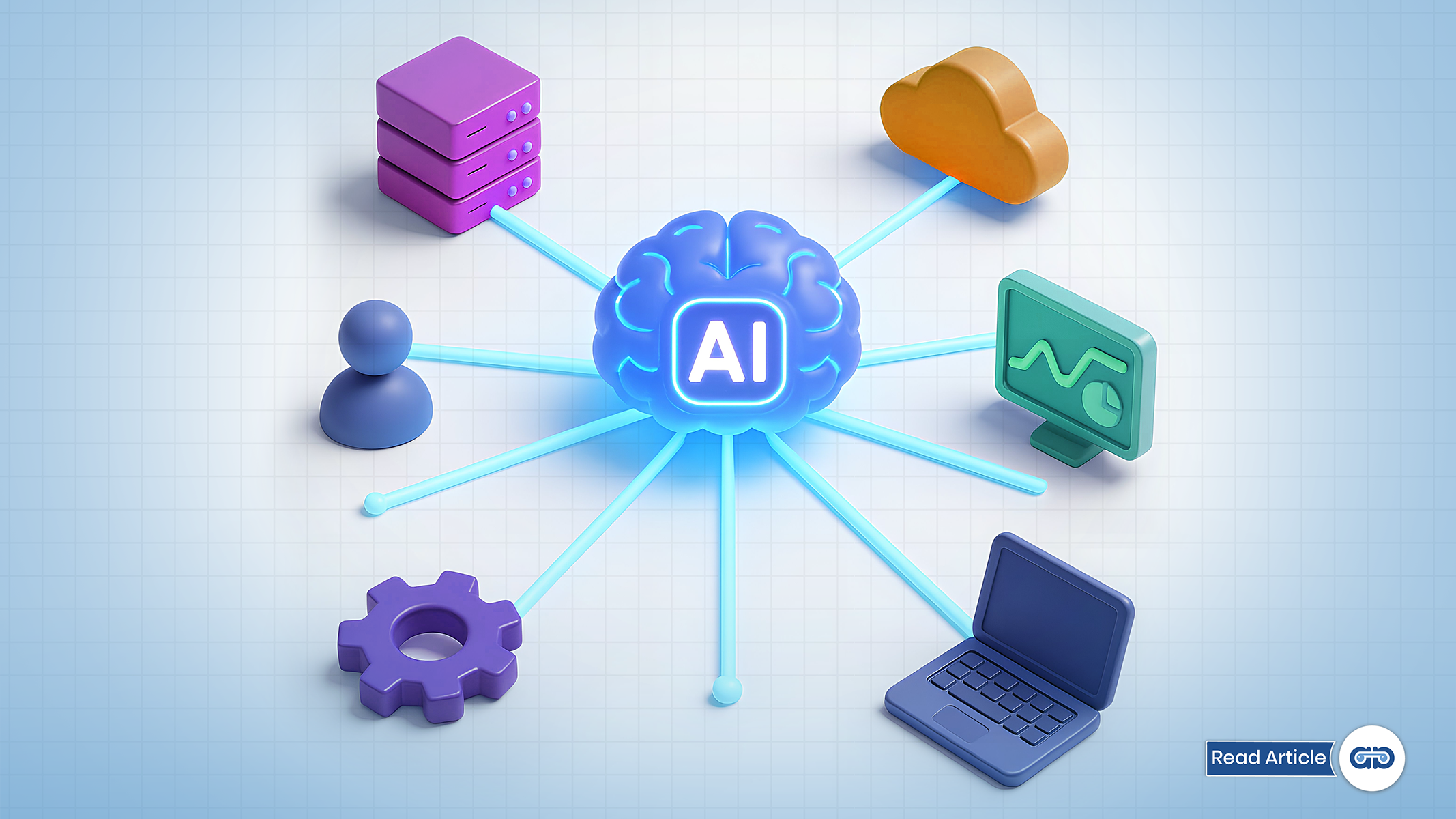Modern IT infrastructures are too complex for reactive troubleshooting. Predictive analytics is the key to automated, proactive operations. The sheer scale of modern IT infrastructures, especially in SaaS and enterprise environments, makes manual monitoring and problem-solving a must.
Predictive analytics has emerged as a core enabler of automated IT operations, allowing organizations to foresee issues before they escalate, optimize resource utilization, and reduce downtime.
This blog examines how predictive analytics enhances automated IT operations.
Predictive Analytics in IT Operations
Predictive analytics applies statistical algorithms, machine learning models, and data mining techniques to identify patterns and forecast future outcomes. In IT operations, it transforms raw logs, performance metrics, and user behavior data into actionable foresight.
Role in Automation
Automation executes predefined tasks without human intervention. Predictive analytics strengthens automation by adding intelligence, ensuring actions are not just reactive but anticipatory.
For example, instead of restarting a failing server after a crash, predictive models forecast instability and trigger automated actions to stabilize workloads before downtime occurs.
Shifting from Reactive to Proactive IT Management
In traditional IT management, problems are usually tackled after they happen. Monitoring tools alert teams to anomalies, and then humans step in to fix them. This reactive approach often means service interruptions and long recovery times.
Predictive analytics works differently. IT systems can spot early warning signs of potential issues and take action automatically before users are affected. This means faster resolutions, more reliable services, and IT operations that support uninterrupted business continuity.
Key Applications of Predictive Analytics in Automated IT
Predictive analytics is transforming how IT teams manage systems, anticipate problems, and optimize performance. Here’s how it makes a difference:
1. Incident Prevention
By analyzing logs, error trends, and past outages, predictive analytics spots patterns that often signal upcoming failures. Automated workflows can then take proactive steps, like rerouting traffic, boosting compute capacity, or applying patches, to stop incidents before they happen.
2. Capacity Planning
SaaS environments face fluctuating demand. Predictive analytics forecasts resource needs, CPU, memory, and network bandwidth, so that automation can allocate them dynamically, keeping performance steady without wasting resources.
3. Security Threat Detection
Predictive models monitor user behavior, access logs, and traffic anomalies to flag suspicious activity early. Automation can then isolate endpoints, revoke compromised credentials, or trigger alerts immediately, minimizing risk.
4. Performance Optimization
Predictive insights reveal bottlenecks in application workflows, database queries, or API response times. Automated systems use this information to adjust settings and fine-tune performance, ensuring smoother user experiences.
5. Ticket Reduction
By addressing root causes before they escalate, predictive analytics cuts repetitive IT tickets. With fewer interruptions, IT teams can focus on innovation and strategic initiatives.
The Foundation of Predictive Automation
In predictive automation, data is the foundation. Every automated decision, alert, or optimization depends on accurate, timely, and relevant information. Understanding where this data comes from and how it’s used is critical to building effective predictive systems.
Sources of Data
• System logs: These are the digital footprints of your infrastructure. They record every system event, error, and warning, providing a historical trail that helps predictive models anticipate potential failures before they occur.
• Performance metrics: CPU usage, memory consumption, disk activity, and other performance indicators reveal the health of your systems. Monitoring these metrics over time enables automation to detect unusual patterns and proactively adjust resources.
• User behavior: Tracking login patterns, access frequency, and other activity logs helps identify anomalies in user activity. Predictive automation can use this information to flag security risks, optimize workflows, or personalize user experiences.
• Network data: Traffic volume, latency, packet loss, and anomalies in network behavior are essential signals. Predictive models can analyze these in real time to prevent downtime, mitigate congestion, or detect cyber threats early.
Importance of Data Quality
The accuracy of predictive automation is only as strong as the data feeding it. High-quality, consistent data ensures reliable predictions, while incomplete, outdated, or siloed datasets can trigger false alerts or overlook real issues. Organizations that prioritize data hygiene (validation, normalization, and integration) gain the confidence to automate critical decisions without second-guessing outcomes.
Real-Time Processing
Modern IT environments move fast, and so must predictive automation. Stream processing platforms allow data to be analyzed instantly, enabling immediate, automated responses to potential risks. This real-time insight transforms operations from reactive troubleshooting to proactive management, reducing downtime, and improving performance.
Integration with IT Automation Frameworks
When connected to the right tools, predictive analysis can proactively drive actions, reduce manual effort, and ensure systems run smoothly.
ITSM Tools
By integrating predictive analytics with IT Service Management platforms, organizations can transform the way they handle incidents. Tickets can be automatically classified, prioritized, and even resolved without human intervention, reducing response times and minimizing errors.
Orchestration Systems
In hybrid and multi-cloud environments, orchestration platforms act as the operational backbone. When powered by predictive insights, they can automatically execute workflows across servers, containers, and microservices, ensuring reliability, scalability, and seamless coordination across complex infrastructures.
AIOps Platforms
Artificial Intelligence for IT Operations (AIOps) brings predictive analytics, machine learning, and automation together in a unified platform. This integration provides contextual insights into system behavior and enables automated remediation at scale, helping organizations detect potential issues before they impact end-users and maintain peak performance.
All in All
Predictive analytics is moving IT operations toward autonomy, where systems self-heal, self-optimize, and self-secure with minimal human input. Advances in AI and machine learning will make predictive models more precise, expanding their role in decision-making. In the long term, predictive automation will evolve into autonomous IT operations, where infrastructure not only reacts and adapts but continuously learns and improves.

